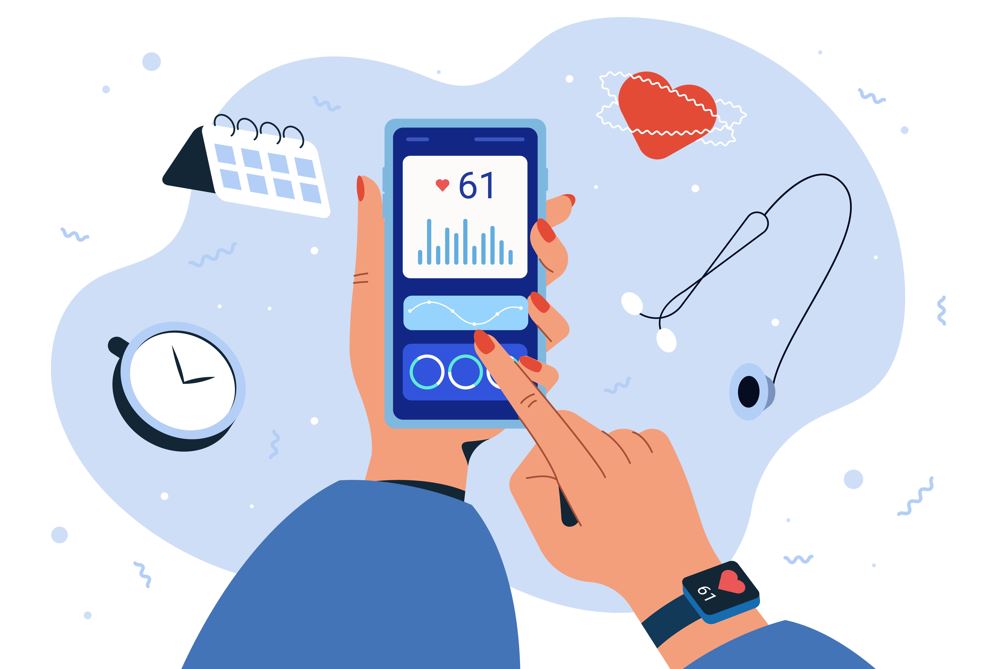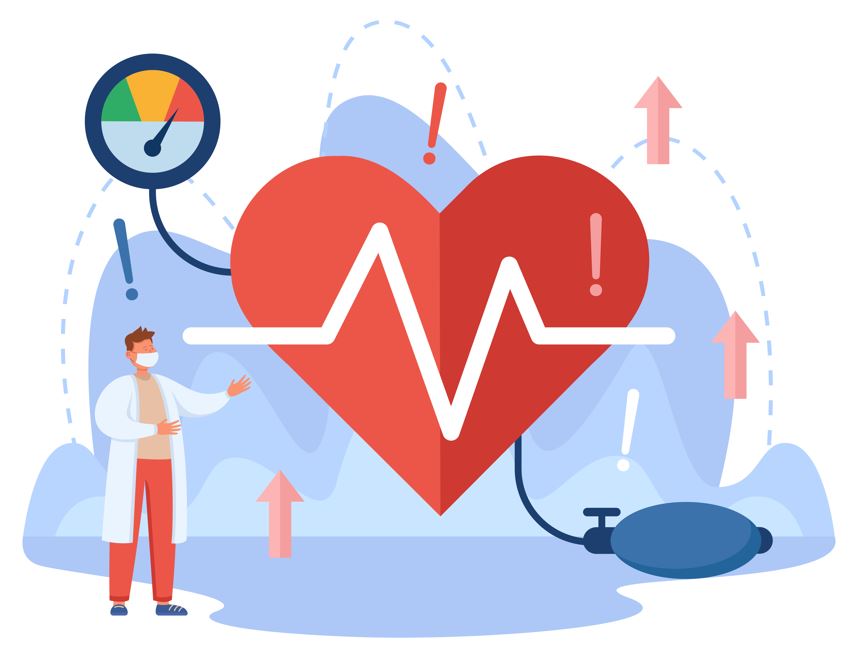myma Heart Risk Analysis(HRA) -
The heart is one of the vital organ in the humans. It aids in
purification and circulation of blood throughout body. Heart Attack is
the one, that causes the death in worldwide. Some symptoms included
chest pain, a quicker heartbeat, and difficulty breathing. This
information was examined on a regular basis.
The clinical data analysis includes a very crucial disease i.e.,
cardiovascular disease as one of the most important sections for the
Analysis. Data Science and machine learning (ML) can be very helpful in
the Analysis of heart attacks in which different risk factors like high
blood pressure, high cholesterol, abnormal pulse rate, diabetes, etc. can be considered.
The objective of this myma app is to optimize the Analysisof heart disease using ML.
This Analysis can help clinically in analyzing the risk factors of the
disease and interpretation of the patient scenario. Boosting the
algorithm provided promising results to Analysis symptoms of heart
disease.
It can further be optimized by working further on risk factors associated with this condition.
Your heart rate is the number of times each minute that your heart
beats, which is normally between 60 and 100 times per minute for adults.
Your pulse is a way you can feel each time your heart beats.
Measuring
your heart rate helps you monitor your own health and know if you’re
exercising at the right level to get the most benefits to your health.

Your body automatically controls your heartbeat to match whatever you're doing or what's happening around you. That's why your heartbeat gets faster when you're active, excited or scared, and drops when you're resting, calm or comfortable.
Your
heart rate
is an important indicator of your overall health too. When your heart rate is too fast or too slow, that can be a sign of heart or other health problems.
The ability to feel your heart rate throughout your body is also a potential way for doctors to diagnose medical conditions.
Your resting heart rate depends on how old you are and your overall
health. The younger you are, the higher your heart rate tends to be.
The expected resting heart rate ranges for children are:
Values are in BPM ( Beats per Minute )
Newborns (birth to 4 weeks): 100 - 205*
Infant (4 weeks to 1 year) : 100 – 180 *
Toddler (1 to 3 years): 98 - 140 *
Preschool (3 to 5 years): 80 - 120 *
School-age (5 to 12 years): 75 - 118 *
Adolescents (13 to 18 years): 60 - 100 *
For adults (ages 18+), the expected resting heart rate range is 60 - 100 bpm.
*These rates are for children while they’re awake. They will likely be lower when they’re asleep.
Air temperature:
When temperatures and the humidity soar, the
heart pumps a little more blood, so your pulse rate may increase, but
usually no more than five to 10 beats a minute.
Body position:
Resting, sitting or standing, your pulse
is usually the same. Sometimes as you stand for the first 15 to 20
seconds, your pulse may go up a little bit, but after a couple of
minutes it should settle down.
Emotions:
If you’re stressed, anxious or extraordinarily happy or sad your emotions can raise your pulse.
Body size:
Body size usually doesn’t change
pulse. If you’re very obese, you might see a higher resting pulse than
normal, but usually not more than 100.
Medication use:
Meds that block your adrenaline
(beta blockers) tend to slow your pulse, while too much thyroid
medication or too high of a dosage will raise it.
Blood pressure is the measurement of the pressure or force of blood inside your arteries.
Each time your heart beats, it pumps blood into arteries that carry blood throughout your body.

Blood pressure is measured using two numbers:
The first number, called systolic blood pressure, measures the pressure in your arteries when your heart beats.
The second number, called diastolic blood pressure, measures the pressure in your arteries when your heart rests between beats.
If the measurement reads 120 systolic and 80 diastolic, you would say, “120 over 80,” or write, “120/80 mmHg.”
Normal blood pressure: Blood pressure is 120/80 mm Hg or lower.
Elevated blood pressure: The top number ranges from 120 to 129 mm Hg and the bottom number is below, not above, 80 mm Hg.
Stage 1 hypertension: The top number ranges from 130 to 139 mm Hg or the bottom number is between 80 and 89 mm Hg.
Stage 2 hypertension: The top number is 140 mm Hg or higher or the bottom number is 90 mm Hg or higher.